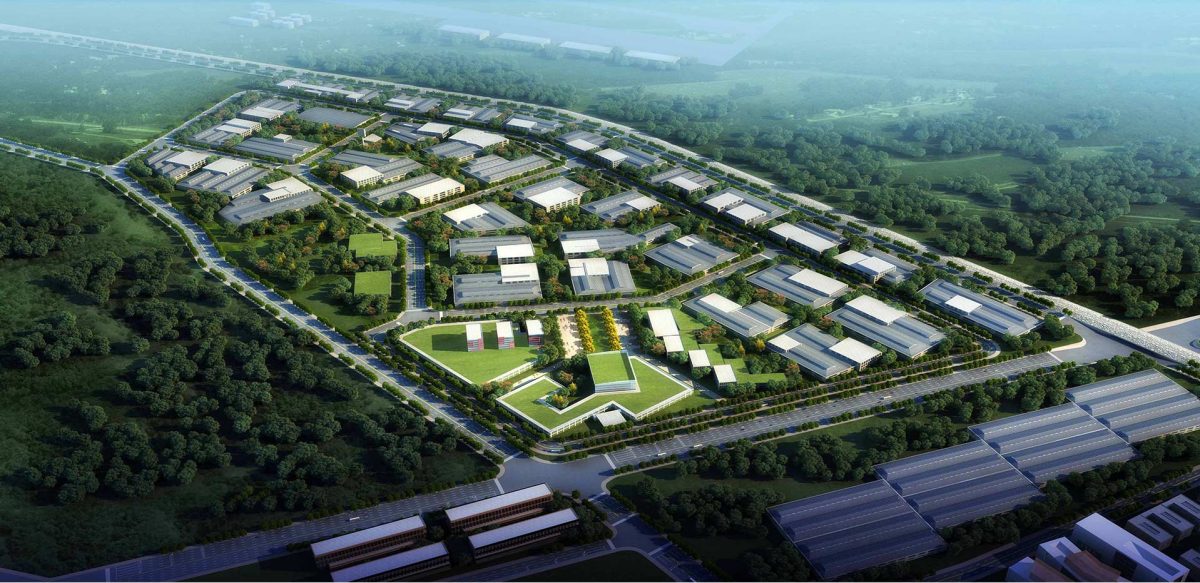Source: Daily Industry news
The development of the Indian Special Economic Zone (ISEZ) at Mirsarai in Chattogram has hit significant delays, with work virtually stalled despite the strong commitment from the Bangladesh government to implement the $115.63 million project. The project, initially approved in 2019, has made minimal progress, raising concerns about its future.
The Executive Committee of the National Economic Council (Ecnec) of the Bangladesh government approved the ISEZ project on April 9, 2019. In June 2020, India approved a $115 million credit line to support the project. The original completion date for the project was June 2021, but this was extended twice, first to June 2023 and then to June 2025. Despite these extensions, progress has been slow, with only Tk 5.88 crore spent as of March 2024, according to the Bangladesh Economic Zone Authority (BEZA).
The BEZA issued tender documents to two Indian companies, Adani Ports and Special Economic Zone Limited, and International Seaport Dredging Private Limited, in August 2023. However, both companies declined to submit their tender papers by the February 2024 deadline, despite having purchased the tender documents six months earlier. This has led to significant delays in project development.
An interdepartmental meeting held at the BEZA office in April 2024, chaired by BEZA Executive Chairman Shaikh Yusuf Harun, decided to pursue an international tender process instead of the existing model under Exim Bank of India. This move was seen as an attempt to accelerate the project by attracting a wider range of potential developers.
The delays have prompted speculation about the reasons behind the slow progress. Some sources within the Economic Relations Division (ERD) declined to comment on the matter, citing political sensitivity. Md Mokhlesur Rahman, Additional Secretary and project director for the ISEZ, stated that the Bangladesh government intends to negotiate with Indian authorities to expedite the project through the new tender process.
The ISEZ project is seen as a crucial step in reducing the trade imbalance between Bangladesh and India, which heavily favors India. Recent trade data shows that while Bangladeshi exports to India decreased by 16.5% between July 2023 and February 2024, Indian imports to Bangladesh grew by 9% during the same period. This imbalance has put additional pressure on the successful implementation of the ISEZ.
The proposed Indian Special Economic Zone at Mirsarai covers 1,000 acres and is expected to attract substantial Indian investment, potentially worth several billion dollars. The ISEZ is also anticipated to boost industrialization and create jobs, particularly in manufacturing and exports to neighboring countries, including India’s Seven Sister States.
Bangladesh has actively pursued foreign direct investment (FDI) through special economic zones. Prime Minister Sheikh Hasina inaugurated the Bangladesh Special Economic Zone (BSEZ), known as the Japanese economic zone, in Narayanganj in December 2022. The success of the ISEZ at Mirsarai could further enhance Bangladesh’s appeal as an investment destination and contribute to reducing the trade deficit with India. The successful implementation of the ISEZ remains uncertain, with significant delays and bureaucratic challenges. However, there is still optimism that the new international tender process could help reinvigorate the project and attract the necessary investment to move forward. Both the Bangladesh and Indian governments will need to work closely to ensure that this project doesn’t remain in limbo for much longer.








